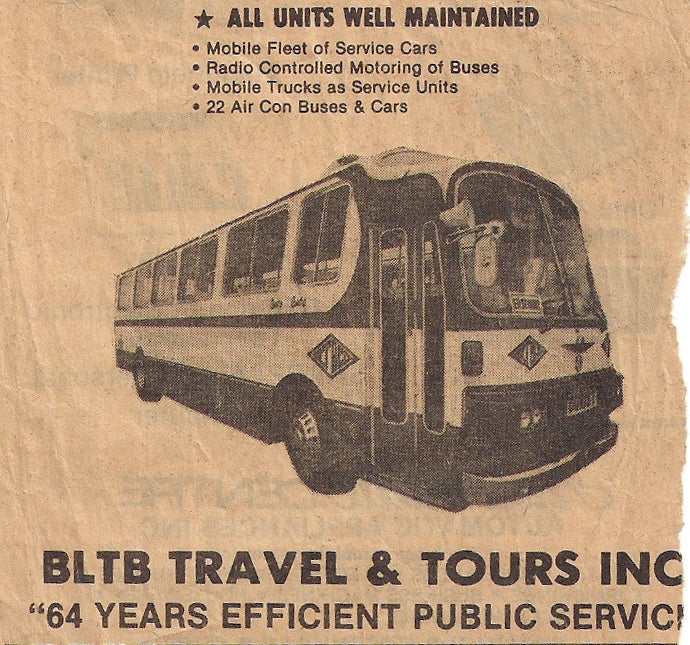Background/Introduction: L-1A Manager, L-1A Executive & Functional Manager
L-1A Manager
The general definition of “manager” entails responsibility for directing the activities and budget of a department, division, business unit, or team, through a subordinate staff of managers, degreed professionals, and/or technical specialists. 8 CFR §214.2(l)(1)(ii)(B).
A L-1A Manager must meet at least 3 of the following requirements to show that the transferee is “primarily” engaged in managerial duties:
- Manages the organization, or a department, subdivision, function, or component of the organization;
- Manages the establishment and implementation of necessary goals and policies, such as developing business plans, designing procedures to implement the business plans, and determining incidental objectives as steps of the business plans;
- Exercises discretionary authority with respect to managing all day-to-day activities of the department, division, or business unit;
- Exercises discretionary authority for personnel actions concerning subordinate staff, including hiring and firing power (or exercises discretionary authority with respect to the recommendation of personnel actions concerning subordinate staff).
There can be two kinds of managers:
- Personnel Manager: manage subordinate staff
- Function Managers: manage all activities relating to an essential function. Need not have subordinate employees.
U.S. Citizenship and Immigration Services (USCIS) Memorandum, M. Aytes, “AFM Update: Chapter 22: Employment-based Petitions (AD03-01)” (Sept. 12, 2006), published on AILA InfoNet at Doc. No. 06101910. USCIS draws a distinction between “personnel managers” who manage subordinate staff and “function managers” who manage all activities relating to an essential function. Although this guidance was written for immigrant visa petitions for multinational managers and executives, USCIS has cross-applied the considerations for multinational manager immigrant visa petitions to L-1A manager petitions. See, e.g., Matter of [name not provided], LIN 95 019 50617 (AAU Jan. 31, 1996), 16 Immig. Rptr. B2-29 (noting that L-1 position “followed the guidelines of Matter of Irish Dairy Board”).
A “function manager” qualifies as a “manager” even without subordinate staff, by virtue of the transferee having managerial responsibility for all aspects of a particular department, division, or business unit. 8 CFR §214.2(l)(1)(ii)(B)(3)–(4). This transferee must function “at a senior level within the organizational hierarchy or with respect to the function managed.” 8 CFR §214.2(l)(1)(ii)(B)(3).
The L-1A Executive
An “executive” has similar duties to those of a manager but on a broader scale, by exercising more senior-level responsibility for directing numerous departments, divisions, and business units. 8 CFR §214.2(l)(1)(ii)(C).
- Managing, through subordinate staff, all activities of the entire company, or all activities of a significant division of the company;
- Reporting directly to another senior executive, such as the Chief Executive Officer, or to the Board of Directors;
- Developing the overall budget for the entire company or the entire division;
- Developing the business objectives and implementation programs for the entire company or the entire division; and
- Exercising hiring and firing authority for direct subordinate staff, as well as the subordinate employees managed in turn by the subordinate staff.
Review of recent AAO Decisions upholding L-1 Managers, Executives and Functional Managers for small business’ L-1 New Offices-Challenges
If the transferee will come to the United States to open or work in a new office, that has been “doing business” in the United States, through a parent, branch, affiliate or subsidiary for less than one year, then there are additional requirements. 8 CFR §214.2(l)(3)(v).
To determine whether the U.S. entity has been doing business in the United States for at least one year, there must be “regular, systematic, and continuous provision of goods and/or services by a qualifying organization,” and not only the “presence of an agent or office”.
While these petitions are subject to greater scrutiny, and the chances of being issued a Request for Evidence are greater (AILA Liaison/VSC Agenda Item Q&As (Jan. 24, 2007), published on AILA InfoNet at Doc. No. 07021465 (posted Feb. 14, 2007), it is quite possible to take advantage of the fact that the analysis of a new office situation is inherently prospective in nature. USCIS must be convinced that there is a bona fide, legitimate and soon-to-be profitable business in the making. One must gather as much details as possible to support the position that the business will be able to support an executive/managerial position within the first year of business. Specifically, for a managerial or executive assignment, the petition should include documents to evidence the following considerations, at a minimum. CFR §214.2(l)(3)(v).
- Sufficient physical premises to house the new office have been secured;
- The transferee’s U.S. assignment will involve executive or managerial authority over the new operation; and
- Within a year of the petition’s approval, the United States operation will support an executive or manager. This requirement must be met with documents that provide the following evidence:
- The intended nature of the new U.S. office, with descriptions of the scope of the entity, its organizational structure, and its financial goals;
- The size of the financial investment in the United States and the financial ability of the foreign company to pay the beneficiary and to commence doing business in the United States; and
- The organizational structure of the foreign company.
“The heart of the issue may be credibility”- it’s all about building and selling a good story!
Now let us examine the various possible, and less than ideal situations, that are more likely to arise than the “minimum requirements” listed above, and how does one deal with each of them.
Amount of Investment-$, $$, $$$
Of course, the more the investment, the better the chances! But it may be possible to show than investment of as little as $2000 is sufficient to show bona fides of business. This is especially true of service companies which require very little investment to commence business. Moreover, these companies are more likely to start making money within the first year of business. One can argue that the valuation of these companies is low, and therefore the capitalization amount is also low. If capitalization is low, and revenue stream not certain, it helps to show that the L-1 transferee will be paid by the foreign/overseas company.
Physical Office Requirement
There is no escape from leasing a physical office. Virtual Offices, home offices and PO Box will not do. But it is possible to lease month to month as opposed to a year-long lease. Lease/sub-lease agreements, floor plans, pictures of the office (inside, outside, equipment, logo) may be submitted.
Importance of a good business plan
This is what will help establish the credibility of the new business. A detailed, well-reasoned and reasonable business plan is an absolute must. The business plan should list the targets, the growth plan and a time line for achieving important business milestones. It is important to remember to keep the goals and targets realistic so that when the time comes to file the extension, the company can show that at least a reasonable part of the goals set were achieved.
Hiring plans
A good business plan will help establish that the business will sustain an executive or manager within the first year of business.
L-1 New Office Extensions
The magical organizational chart:
- How many or minimum to hire
- Employees vs. contractors vs. service providers vs vendors
- Oversees employees-Does supervising overseas employees help?
There is little room to argue that the more people a business can hire, the better the chances of obtaining the L-1A extension. The idea is to establish that the L-1 transferee is not engaged in the day to day running and operations of the business, but is responsible for controlling, supervising and managing the people who engage in the day to day operations of the business. That being said, it is extremely challenging for a new and small business to hire full time employees and run payroll. As long as the L-1 transferee is not engaged in the day-to-day tasks of running the business, there is a possibility to show that he/she is primarily engaged in a managerial/supervisory role. It is possible to create the “magical” organization chart by showing the following are being supervised by the L-1 transferee:
- Full-time employees (of course!)
- Independent contractors, interns, part-time employees
- Advisors and consultants-if no moneys has been paid to them, include copies of email exchanges between L-1 Transferee and the advisors to show proof of business relationship
- Office Manager provided by Executive Suites
- Sales Representatives who are paid on a commission (be sure to include the Independent Contractor Agreement, copies of cancelled checks for any commission paid, etc)
- Account Managers and Account Executives of companies engaged in generating in sales leads like SalesForce.com
- Attorneys, Accountants and CPA
- Any other outside vendor, service provider or agency engaged by the company to perform/deliver any service
- Overseas employees-many times the US office relied upon the overseas office for administrative functions. One can show that the L-1 transferee will supervise over the overseas employees.
Key is to emphasize that there are other people to perform the day-to-day non qualifying duties leaving the L-1 transferee free to manage/control/supervise such people/function.
How to show bonafides of business:
- The power of negotiations-vendors, suppliers, potential customers
- Show me the money-Bank Statements
- Goals as per Business Plan vs. Targets achieved
To show that the business will support an Executive or Manager at the end of the first year, it is important to show that there will be sufficient business. Any current/potential contract between Petitioner and vendors, supplies, customers will help to show that the business is credible and bona fide. Bank statements (even if there is a low balance, so long as there are multiple transactions), income and expense statements etc. all help to show that the business has the ability to support an executive/manager. If the business is not profitable, focus on growth. If the business succeeds in achieving some of its targets outlined in the business plan, emphasize those.










